In today’s fast-paced digital world, reliable and efficient network connectivity is crucial for businesses of all sizes. One key component of a robust network infrastructure is the selection of appropriate cables. Among the various options available, 1-6-10 cable types have gained significant popularity due to their versatility, durability, and high-speed capabilities. In this article, we will delve into an overview of these cable types and explore their distinct features, advantages, and common applications. 1. Category 1 (Cat 1) Cables: Cat 1 cables are the simplest and oldest type of twisted-pair cables typically used for telephone and POTS (Plain Old Telephone Service) applications. They are capable of transmitting voice and low-speed data signals but are not suitable for high-speed internet connectivity. Due to their limited data transfer capacity, Cat 1 cables are gradually being phased out and replaced by more advanced cable types. 2. Category 2 (Cat 2) Cables: Cat 2 cables were developed in the early 1990s as an improvement over Cat 1 cables.
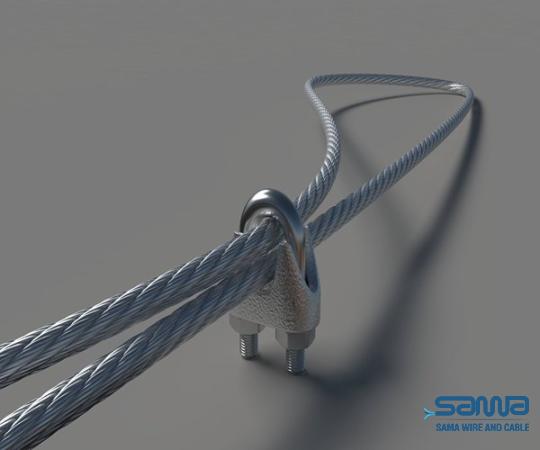
.
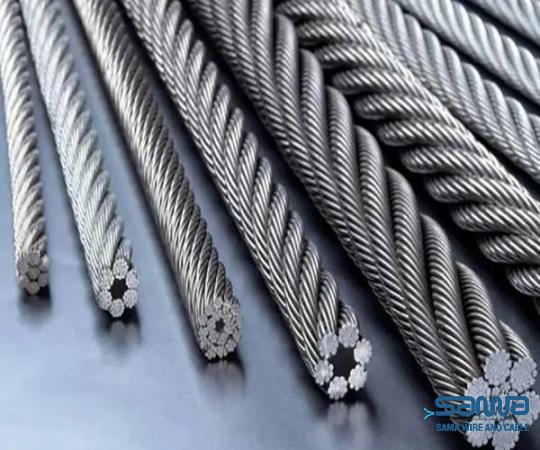 They are capable of transmitting data at speeds of up to 4 Mbps, making them suitable for early LAN (Local Area Network) installations. However, with the advent of faster internet speeds and more demanding applications, Cat 2 cables have become outdated and are seldom used in modern networking setups. 3. Category 3 (Cat 3) Cables: Cat 3 cables are commonly found in residential and commercial installations. They are capable of transmitting data at speeds of up to 10 Mbps, making them ideal for voice and low-speed data applications. Cat 3 cables are widely used for Ethernet networks, especially in older installations that do not require higher data transfer rates. However, they are gradually being replaced by higher category cables for improved performance. 4. Category 5 (Cat 5) Cables: Cat 5 cables are one of the most widely used cable types in modern networking. These cables can support data transfer rates of up to 100 Mbps and are suitable for both voice and data applications. Cat 5 cables are flexible, cost-effective, and provide excellent resistance to crosstalk and electromagnetic interference.
They are capable of transmitting data at speeds of up to 4 Mbps, making them suitable for early LAN (Local Area Network) installations. However, with the advent of faster internet speeds and more demanding applications, Cat 2 cables have become outdated and are seldom used in modern networking setups. 3. Category 3 (Cat 3) Cables: Cat 3 cables are commonly found in residential and commercial installations. They are capable of transmitting data at speeds of up to 10 Mbps, making them ideal for voice and low-speed data applications. Cat 3 cables are widely used for Ethernet networks, especially in older installations that do not require higher data transfer rates. However, they are gradually being replaced by higher category cables for improved performance. 4. Category 5 (Cat 5) Cables: Cat 5 cables are one of the most widely used cable types in modern networking. These cables can support data transfer rates of up to 100 Mbps and are suitable for both voice and data applications. Cat 5 cables are flexible, cost-effective, and provide excellent resistance to crosstalk and electromagnetic interference.
..
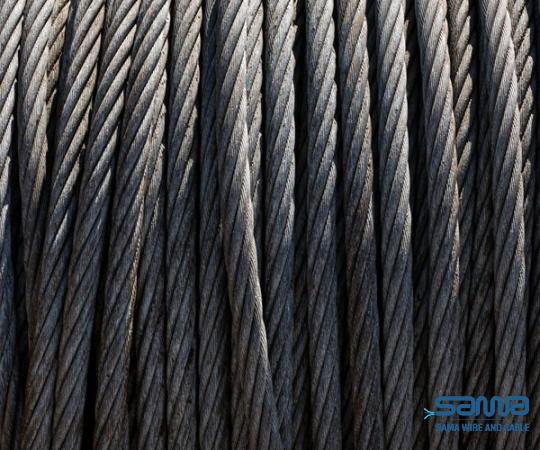 They are commonly used for Ethernet networks, telephone systems, and audio/video applications. 5. Category 6 (Cat 6) Cables: Cat 6 cables are an enhanced version of Cat 5 cables and offer improved performance and higher data transfer rates. These cables can support data transfer rates of up to 10 Gbps over a distance of up to 55 meters, making them ideal for high-bandwidth applications such as video streaming and online gaming. Cat 6 cables are backward compatible with Cat 5 and Cat 3 cables, making them a popular choice for both new installations and upgrades. 6. Category 6a (Cat 6a) Cables: Cat 6a cables are an advanced version of Cat 6 cables and provide even higher performance and reliability. They can support data transfer rates of up to 10 Gbps over longer distances of up to 100 meters.
They are commonly used for Ethernet networks, telephone systems, and audio/video applications. 5. Category 6 (Cat 6) Cables: Cat 6 cables are an enhanced version of Cat 5 cables and offer improved performance and higher data transfer rates. These cables can support data transfer rates of up to 10 Gbps over a distance of up to 55 meters, making them ideal for high-bandwidth applications such as video streaming and online gaming. Cat 6 cables are backward compatible with Cat 5 and Cat 3 cables, making them a popular choice for both new installations and upgrades. 6. Category 6a (Cat 6a) Cables: Cat 6a cables are an advanced version of Cat 6 cables and provide even higher performance and reliability. They can support data transfer rates of up to 10 Gbps over longer distances of up to 100 meters.
…
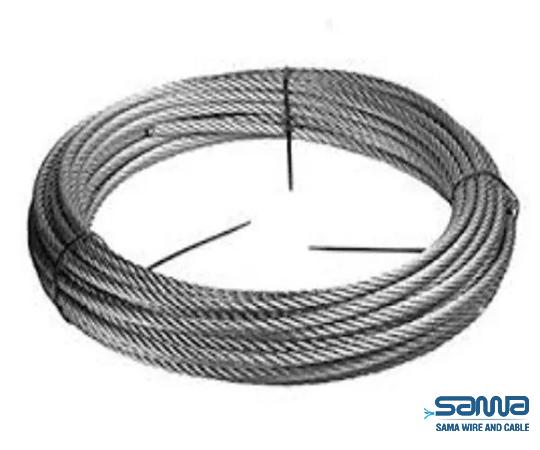 Cat 6a cables also have improved resistance to crosstalk and offer enhanced shielding to minimize interference. They are commonly used in data centers, server rooms, and other high-density networking environments. Conclusion: Choosing the right cable type is crucial for ensuring efficient and reliable network connectivity. The 1-6-10 cable types, as discussed above, offer a range of options to accommodate various networking requirements. From the basic Cat 1 cables to the advanced Cat 6a cables, each category provides different levels of performance, speed, and durability. Whether upgrading an existing network infrastructure or setting up a new one, understanding the capabilities and limitations of 1-6-10 cable types will help businesses make informed decisions. Consulting with network professionals or cable manufacturers can further assist in determining the best-suited cable type for specific applications. Ultimately, investing in quality cables will play a significant role in achieving seamless connectivity and maximizing the efficiency of any network setup.
Cat 6a cables also have improved resistance to crosstalk and offer enhanced shielding to minimize interference. They are commonly used in data centers, server rooms, and other high-density networking environments. Conclusion: Choosing the right cable type is crucial for ensuring efficient and reliable network connectivity. The 1-6-10 cable types, as discussed above, offer a range of options to accommodate various networking requirements. From the basic Cat 1 cables to the advanced Cat 6a cables, each category provides different levels of performance, speed, and durability. Whether upgrading an existing network infrastructure or setting up a new one, understanding the capabilities and limitations of 1-6-10 cable types will help businesses make informed decisions. Consulting with network professionals or cable manufacturers can further assist in determining the best-suited cable type for specific applications. Ultimately, investing in quality cables will play a significant role in achieving seamless connectivity and maximizing the efficiency of any network setup.
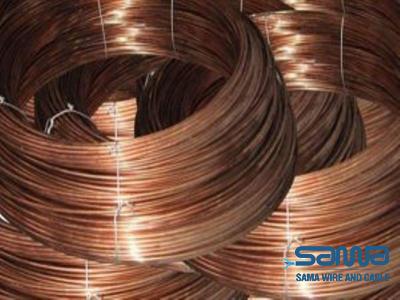
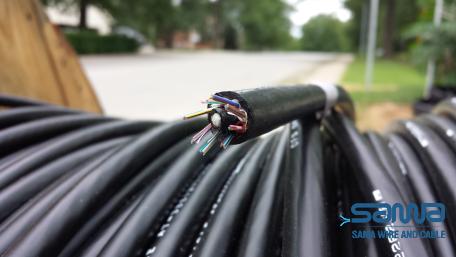
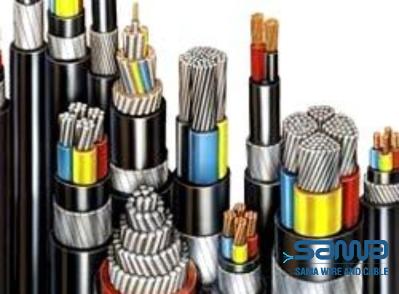
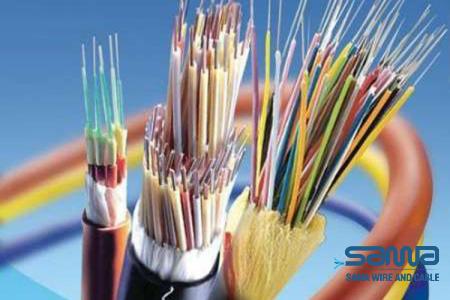
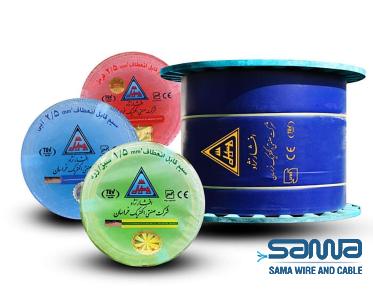
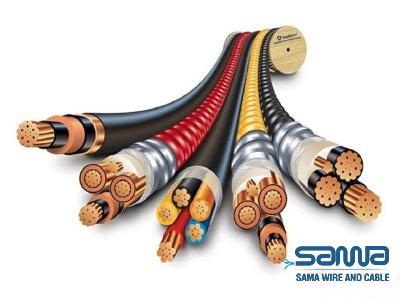
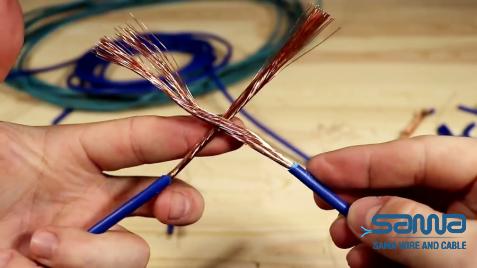
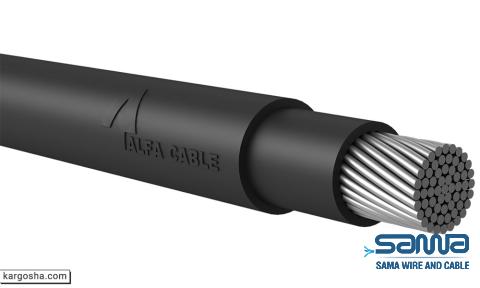
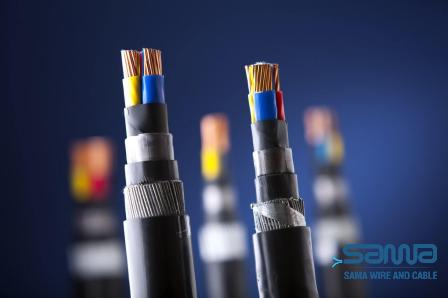
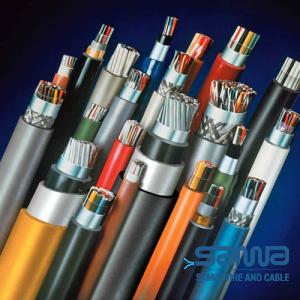
Your comment submitted.